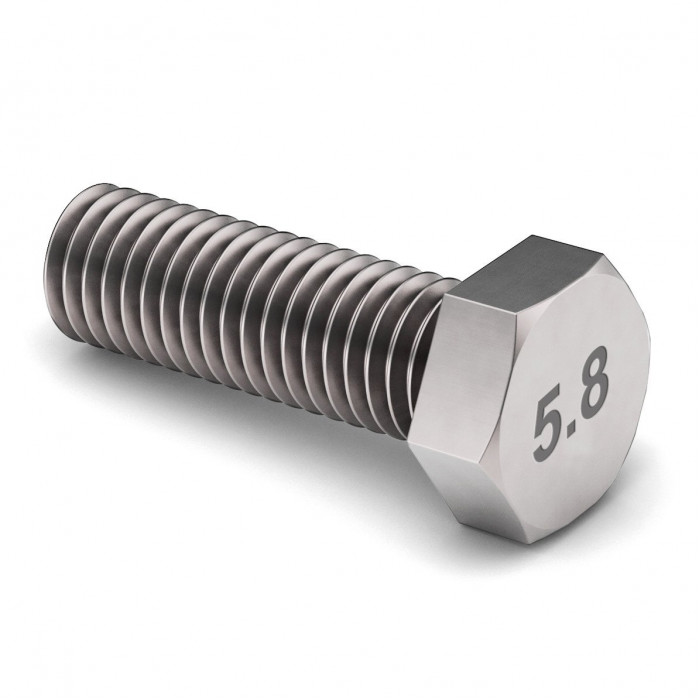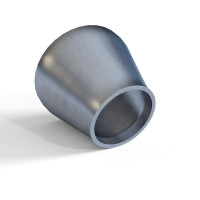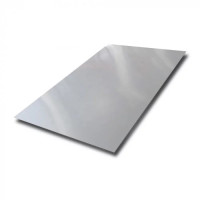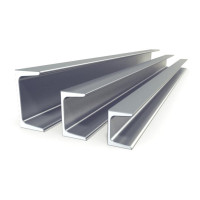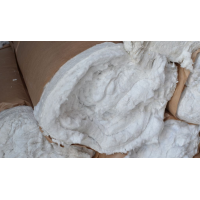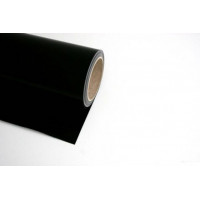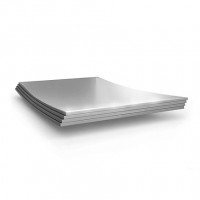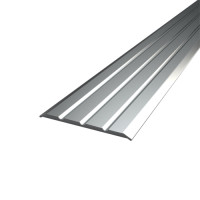Bila Tserkva bolts, nuts, washers, hardware stainless, galvanized, brass from 100pcs, production
Galvanized bolts are a special type of fastener that are superior to nails and screws in many cases. They have a durable construction that allows them to withstand higher loads than a nail or screw, as well as a special coating to help prevent damage from rust or corrosion. Galvanized bolts can be used to join wood or steel, and can be found in everything from bridge building to residential decking.
galvanized bolts
Like many types of fasteners, galvanized bolts are made from steel, which is prone to rust when exposed to moisture or chemicals. By applying a special zinc coating to the bolt, manufacturers extend its service life, as well as strength and durability. Galvanization also allows the bolt to be used in a much wider range of applications due to its increased performance.
galvanized bolts
The galvanizing process actually consists of a series of chemical reactions. The bolt is initially coated with hot zinc, which acts as a barrier between the steel and any potentially corrosive elements. Zinc oxide is formed when the zinc coating reacts with oxygen in the atmosphere. When carbon dioxide reacts with zinc oxide, zinc carbonate is formed. This layer of zinc carbonate protects the bolt from corrosion and rust.
Galvanized bolts can be distinguished by their crystallized surface with sparkles. These bolts are primarily used outdoors where rain and moisture prevent the use of standard steel fasteners. They are also used in coastal or marine environments where exposure to salt water can quickly corrode raw steel. Finally, galvanized bolts are used in industrial environments where chemical attack often damages other fasteners.
These bolts are available in two basic versions, which can be classified according to how they are installed. Tie bolts are used when only one side of the object is accessible. The bolts are installed into the object with a socket wrench, and a washer is placed between the bolt head and the surface of the object to prevent damage. When both sides of an object are accessible, carriage bolts are used. a carriage bolt is inserted through the front of the object, then a washer is added to the back. bolt end for extra strength and support.
Galvanized bolts are usually more expensive than uncoated bolts, but their added strength can reduce future maintenance and repair costs. They should always be used with a galvanized washer, as uncoated washers can reduce the strength of the installation. Finally, installers must be careful when welding or cutting galvanized metal, as this can release toxic fumes or harmful particulate matter into the air.
Practical application and design features. Hot dip galvanizing is one of the most effective ways to protect fasteners from corrosion. This method is often perceived as more expensive than other coatings. However, if we consider this issue, taking into account the cost of each year of operation of fasteners without any rust, hot-dip galvanizing is today the most economical way of coating. In addition, bolts with such a protective layer can be used in almost any branch of the national economy. All this fully applies to galvanized fasteners produced in accordance with GOST 7805 and GOST 7798.
Bolt differences
The main difference between bolts manufactured according to the norms of these standards is the class of accuracy of dimensional characteristics.
Fasteners that meet the requirements of GOST 7805 are characterized by increased accuracy that meets the requirements of class "A".
Bolts manufactured in accordance with the GOST 7798 standard have a normal accuracy of operating parameters - class "B".
As of today, for most structural assembly industries, the accuracy of class “B” bolts is quite sufficient.
Bolts GOST 7805 and GOST 7798
And the lower cost compared to high-precision products led to the fact that GOST 7798 fasteners are in greater demand.
Production of galvanized bolts
Hot zinc coating technology for bolts includes a number of steps. Let's look at them briefly.
Preparatory stage. Dirt and oil remaining from previous technological operations are carefully removed from the surface of the fasteners. This is done by immersing steel bolts in an acidic or alkaline degreasing solution.
Hot dip galvanizing process. The basket with fasteners is placed in a container with molten zinc at a temperature of about 460°C for 5-10 minutes. After galvanizing, a centrifuge is used to remove the excess of this metal from the bolts.
Cooling. Galvanized parts are then hardenedwater, or cooled in air. The latter option has a more positive effect on the surface condition of the fasteners.
Quality control. Upon completion of the galvanizing procedure, OTC specialists carry out the following actions:
- inspect the bolts;
- check the thickness of the applied protective layer;
- check the quality of the surface.
As a result of hot-dip galvanizing, the bolts become matt gray. The thickness of the coating created using this technology ranges from 40 to 60 micrometers.
Application of stainless steel bolts
Stainless steel bolts are used in the shipbuilding, chemical, oil and gas and food industries for fastening elements in stainless steel appliances.
The strength level of stainless steel bolts is set by temperature hardening in the parameters from +425C to -200C.
Features of stainless steel bolts
Bolts are made of stainless steel under a pressure of 16 atm and a temperature of up to 350 C. As for the bolts of carbon steel GOST 1050 - 60, they are manufactured at temperatures up to 425 C at a pressure of 16 atm. At more extremely high temperatures, the production of alloy steel takes place - 450 C without pressure limitation. Sometimes the temperature regime for alloy steel can reach up to 510 C.
Bessemer steels are not used in the manufacture of bolts. The production of bolts, as a rule, takes place using carbon alloys of steel of St. For threaded bolts, special, complex steels and stainless steel alloys are used.
Technologies for the production of stainless steel bolts are quite diverse and basically must meet the following conditions:
In our online store you can buy galvanized bolts. With the technology of applying a protective layer, the hardware is immersed in a container with molten zinc. Threads for galvanized parts are made in such a way that the finished product complies with standard dimensions. It is worth noting that the layer of zinc that covers the bolts can retain its performance properties for up to 50 years. Hardware made in this way are resistant to chips and impacts and do not peel off.
The use of galvanized bolts allows:
block fiber breakage during machining;
in areas of increased stress, form residual stresses during compression.
Application of galvanized bolts
Fasteners, which are produced with a zinc layer, have a number of advantages that distinguish them from their counterparts that do not have this coating. It plays a role in determining the scope of their use and environmental conditions. Due to the fact that the presented hardware is made using galvanizing technology, they eliminate the risk of corrosion of the base metal. The presented parts find their application in the installation of various metal structures. These are structures that are operated in hot, temperate and cold climatic conditions. You can buy bolts for construction, engineering, etc. Bolts are a fastening tool used to connect various parts in a structure. To fasten parts made of wood or chipboard together, it is advisable to use an additional wide washer so as not to damage the wood. To prevent rust, bolts are coated with a galvanized coating. This also increases the service life of these fasteners. The galvanizing process is a chemical reaction. The surface of the bolts is coated with hot zinc, which forms zinc oxide in a reaction with oxygen. Such bolts can be easily distinguished visually by the presence of a shiny silver surface.
No questions about this product, be the first and ask your question.

